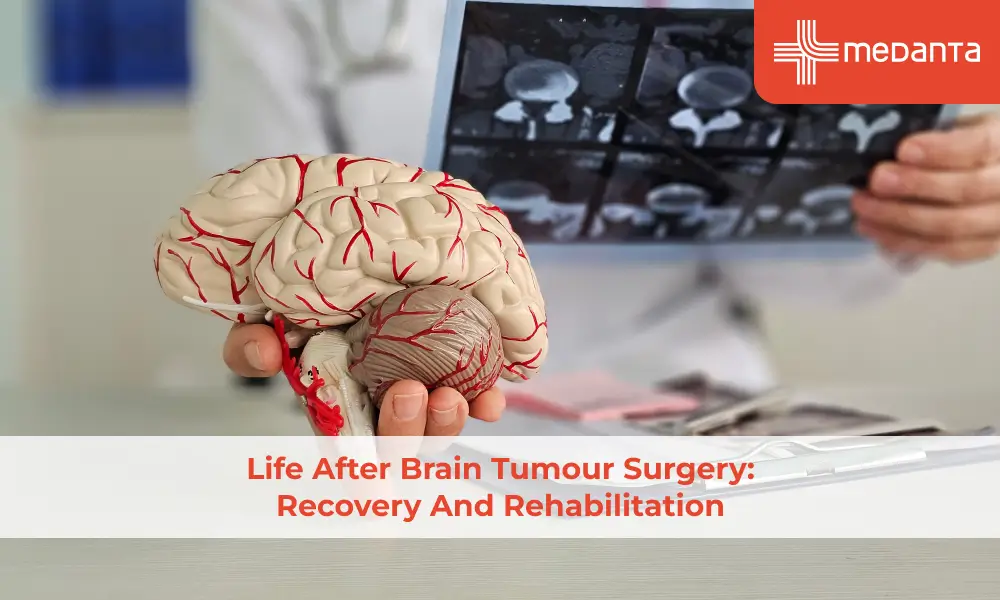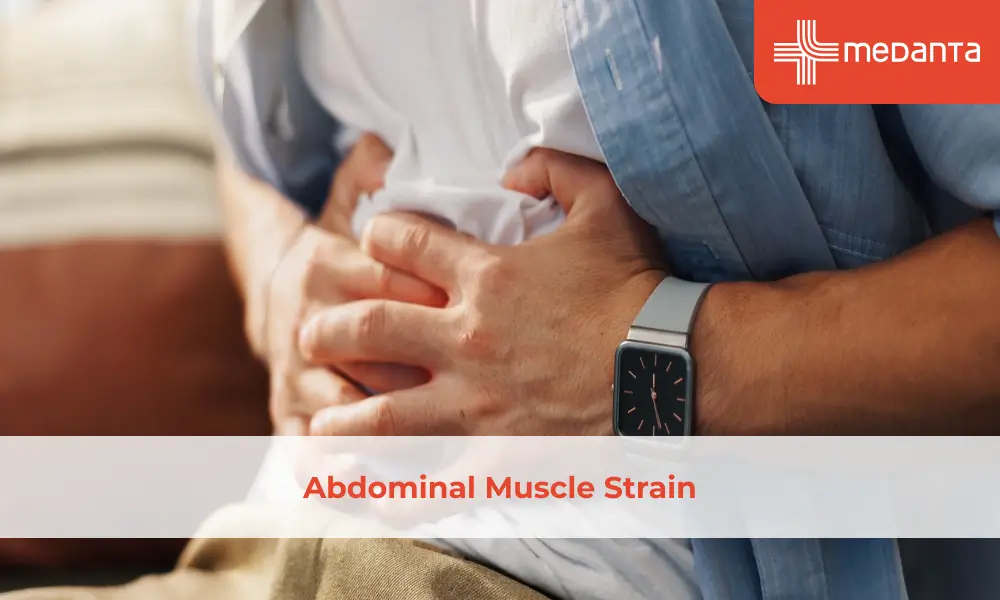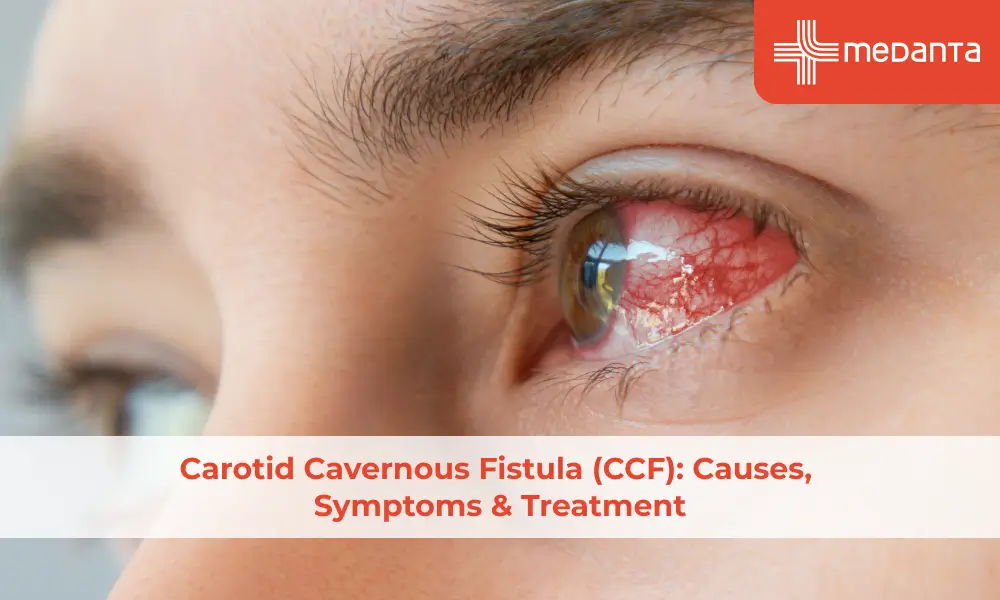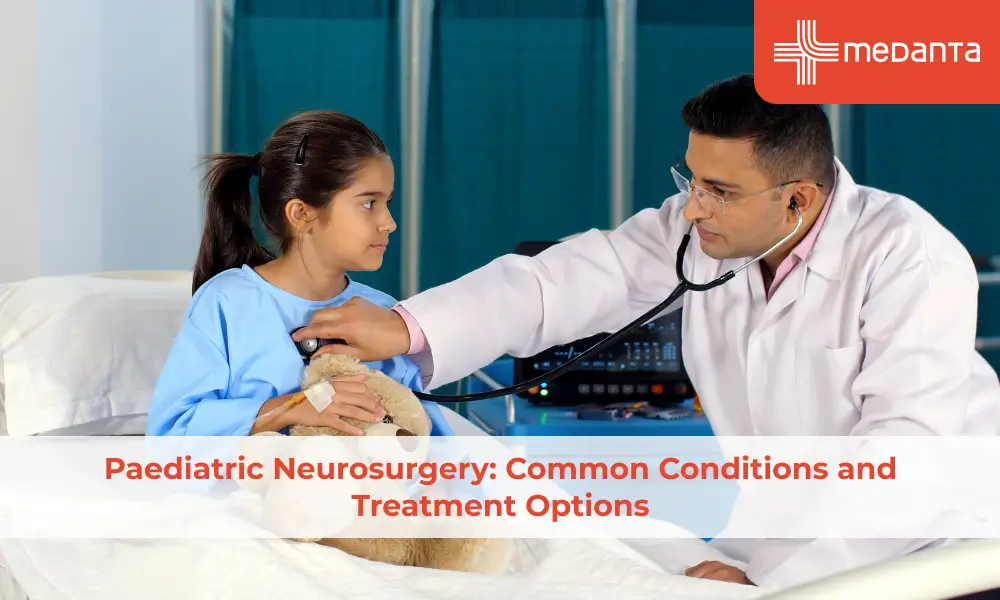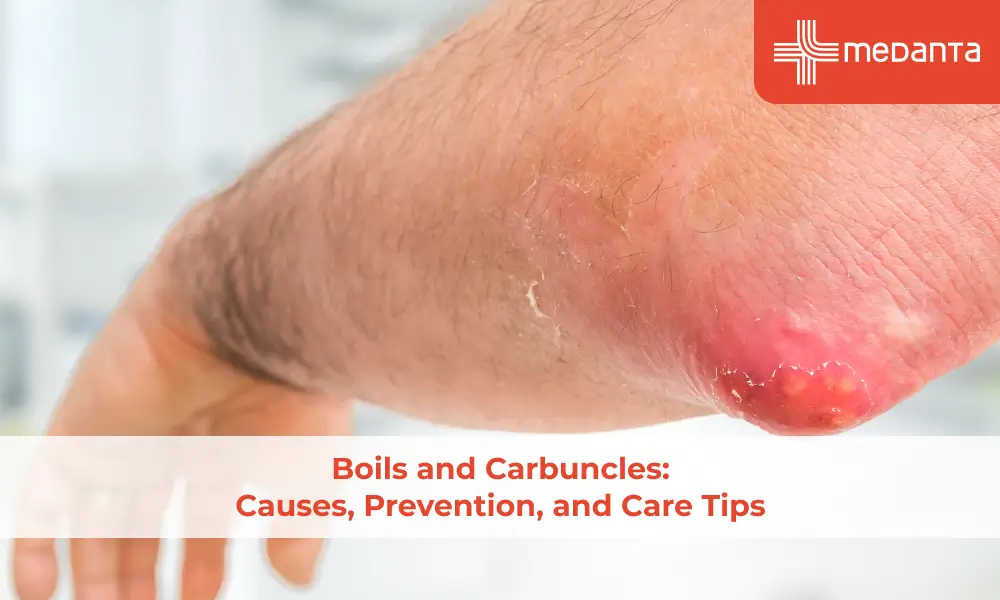Understanding Clubfoot and Flatfoot: Effective Treatment and Management

Tackling on the journey of parenthood comes with its challenges, and for some, it involves navigating the complexities of club foot and flat feet conditions in their little ones. Understanding these foot-related challenges is crucial for physical well-being and boosting confidence in adversity.
In this blog, we’ll talk about clubfoot (talipes) and flat-foot problems, therapeutic approaches, and the importance of maintaining a robust immune system. Let's take baby steps together toward building confidence and resilience.
What Is Club Feet and Flat Feet?
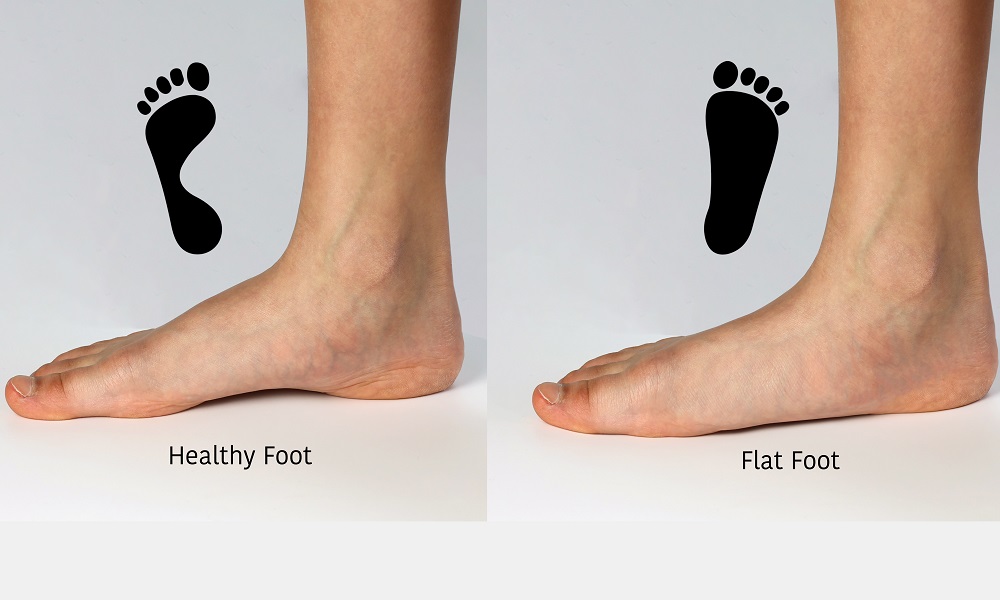
Club foot talipes is an inborn condition where a baby's foot is twisted or turned inward, affecting one or both feet. Early intervention is crucial to ensure proper development. On the flip side, flat feet occur when the foot arches are flattened, causing the entire sole to touch the ground. If left unaddressed, both conditions can lead to physical discomfort and long-term challenges.
Individuals with club foot and flat feet are not only close to physical issues but also face social and psychological hurdles. Children may experience self-consciousness about their appearance, while adults might encounter limitations in certain activities. Building confidence involves promoting self-acceptance and maintaining a positive mindset.
Supportive online and offline communities play a vital role in providing a platform for sharing experiences and advice. Early intervention and management strategies, such as physical therapy for flat feet and casting for club foot, are crucial for effective treatment. Overall, understanding these conditions goes beyond the physical aspects, containing emotional well-being and the importance of a supportive community.
Common Flat Feet Problems and Therapies
Flat feet can pose several flat feet problems like:
Foot pain
Shin splints
Difficulties with balance
The good news is that various therapeutic approaches can help manage these issues effectively.
Exercises: Physical therapy exercises are designed to strengthen the muscles and improve foot function.
Orthotics: Orthotic inserts and supportive shoes can give extra support, easing discomfort.
Surgery: Surgery might be an option in severe cases, but it's usually only considered if other treatments haven't worked.
Challenges Faced by Individuals with Club Foot and Flat Feet
The challenges associated with club foot and flat feet go beyond the physical realm.
Social challenges: Individuals with these conditions often face social and psychological hurdles in dealing with stereotypes and misconceptions.
Low Confidence: Kids might worry about their appearance, and grown-ups could face restrictions in some activities. Dealing with what people think becomes a daily thing, stressing the importance of a helpful community and a positive outlook.
How to Build Confidence in Kids with Club Foot and Flat Feet?
Building confidence begins with self-acceptance and a positive mindset. Parents and caregivers are crucial in promoting an environment where children with club foot or flat feet feel valued and accepted.
Promoting open talks and directly tackling issues can boost a kid's self-esteem. Also, discovering a helpful community in local groups or online forums offers a space to exchange experiences and guidance.
How to Manage Club Foot (Talipes)?
Swift action is critical for managing clubfoot. Fixing the foot's position happens through casting and bracing in a sequence. Consistent check-ups are vital for monitoring progress and handling new issues. Parents and caregivers need to stay informed, take an active role, and provide emotional support during treatment.
Clubfoot, or Talipes, requires early intervention for effective management. Non-surgical treatments like the Ponseti method involve gentle manipulation and casting to correct foot deformities gradually.
Practical Tips for Boosting the Immune System
The connection between foot conditions and overall health is often underestimated. A strong immune system is vital for managing health challenges, including those associated with club foot and flat feet. These include:
A healthy diet with essential nutrients
Regular exercise for good blood flow
Sufficient sleep for recovery
Stress management techniques
It's not only about treating particular foot issues; it's about caring for the entire body. Here are some practical tips you can follow for boosting your immune system:
Nutritious Diet: Include a variety of fruits, vegetables, whole grains, and lean proteins in your diet. These provide essential nutrients that support overall health and immune function.
Regular Exercise: Engage in regular physical activity to promote circulation and strengthen the body. Choose activities that are suitable for your condition and fitness level.
Adequate Sleep: Quality sleep is crucial for the body's recovery and immune function. Establish a consistent sleep routine to ensure sufficient rest.
Stress Management Techniques: Chronic stress can weaken the immune system. Explore stress-reducing activities such as meditation, deep breathing exercises, or hobbies that bring joy and relaxation.
Wrapping Up
Addressing club foot and flat feet goes beyond physical treatment. Boosting confidence requires cultivating a positive mindset, fostering a supportive community, and ensuring overall health, including a strong immune system.
With knowledge and resilience, individuals and families can bravely tackle club foot and flat-foot challenges, taking small steps to thrive in their distinctive journeys.
Your well-being deserves tailored expertise and transformative attention. So, if you or someone you know is suffering from club foot or flat feet, then get medical care of the highest calibre at your nearest super-specialty hospital. Visit now!
FAQs
1. Is surgery always necessary for club foot correction?
No, surgery is typically a last resort. Non-invasive methods like casting, bracing, or physical therapy are often effective, especially when started early.
2. Do flat feet lead to long-term complications?
Untreated flat feet can sometimes lead to issues like plantar fasciitis, shin splints, or joint pain, but proper management can prevent these complications.
3. Can children with club feet play sports as they grow up?
Most children treated for clubfoot can participate in sports and lead active lives, though they may require supportive footwear or orthotics.
4. How can I choose the right shoes for flat feet?
Look for shoes with good arch support, a wide toe box, and a cushioned sole. Orthotic insoles can provide additional support if needed.
5. Is it normal for babies to have flat feet?
Yes, it’s common for infants and toddlers to have flat feet because their arches are not fully developed. Most children develop arches by the age of six.
Citations
Almeida, J., Brocklehurst, J., & Sharples, A. (2023). Intersectionality, vulnerability and foot health inequity. Journal of Foot and Ankle Research, 16(1). https://doi.org/10.1186/s13047-023-00647-7
Drury, G., Nunn, T. R., Dandena, F., Smythe, T., & Lavy, C. B. D. (2023). Treating Older Children with Clubfoot: Results of a Cross-Sectional Survey of Expert Practitioners. International Journal of Environmental Research and Public Health, 20(19), 6846. https://doi.org/10.3390/ijerph20196846
Garbarino, S., Lanteri, P., Bragazzi, N. L., Magnavita, N., & Scoditti, E. (2021). Role of sleep deprivation in immune-related disease risk and outcomes. Communications Biology, 4(1). https://doi.org/10.1038/s42003-021-02825-4
Johnson, J. E., Fortney, T. A., Luk, P. C., Klein, S. E., McCormick, J. J., Dobbs, M. B., Gordon, J. E., & Schoenecker, P. L. (2020). Late effects of clubfoot deformity in adolescent and young adult patients whose initial treatment was an extensive soft-tissue Release: topic review and clinical case series. JAAOS Global Research and Reviews, 4(5), e19.00126. https://doi.org/10.5435/jaaosglobal-d-19-00126
Kolhe, P. D., Sharath, H. V., Rathi, S. G., & Patil, D. S. (2024). Effect of foot rehabilitation exercises for painful flat foot in a 20-Year-Old female: a case study analysis. Cureus. https://doi.org/10.7759/cureus.59377
Mohaddis, M., Maqsood, S. A., Ago, E., Singh, S., Naim, Z., & Prasad, S. (2023). Enhancing Functional Rehabilitation through orthotic interventions for foot and ankle Conditions: A Narrative review. Cureus. https://doi.org/10.7759/cureus.49103
Moon, D., & Jung, J. (2021). Effect of Incorporating Short-Foot Exercises in the Balance Rehabilitation of Flat Foot: a randomized controlled trial. Healthcare, 9(10), 1358. https://doi.org/10.3390/healthcare9101358
Morey, J. N., Boggero, I. A., Scott, A. B., & Segerstrom, S. C. (2015). Current directions in stress and human immune function. Current Opinion in Psychology, 5, 13–17. https://doi.org/10.1016/j.copsyc.2015.03.007
Pita-Fernandez, S., Gonzalez-Martin, C., Alonso-Tajes, F., Seoane-Pillado, T., Pertega-Diaz, S., Perez-Garcia, S., Seijo-Bestilleiro, R., & Balboa-Barreiro, V. (2017). Flat Foot in a Random Population and its Impact on Quality of Life and Functionality. JOURNAL OF CLINICAL AND DIAGNOSTIC RESEARCH. https://doi.org/10.7860/jcdr/2017/24362.9697
Radler, C. (2013). The Ponseti method for the treatment of congenital club foot: review of the current literature and treatment recommendations. International Orthopaedics, 37(9), 1747–1753. https://doi.org/10.1007/s00264-013-2031-1

